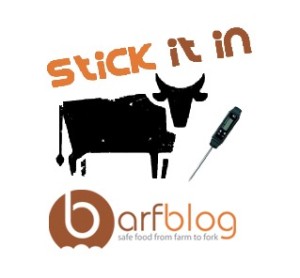Sam Wood writes for Philly.com: The health department last week sharply rebuked several well-known Philadelphia eateries — and ordered four to temporarily close — following routine and unannounced inspections.
 The Midtown II diner, Federal Donuts, Dirty Franks, Milkboy, and Godiva Chocolatier each received stinging assessments from health inspectors. Some eatery managers and owners groused that the inspectors have become unnecessarily tough.
The Midtown II diner, Federal Donuts, Dirty Franks, Milkboy, and Godiva Chocolatier each received stinging assessments from health inspectors. Some eatery managers and owners groused that the inspectors have become unnecessarily tough.
“I think it’s all baloney,” said Gus Hionas, owner of the Midtown II at 122 S. 11th Street in Center City. “This place has been open 24 hours a day for 43 years. I’ve never poisoned anyone or made anyone sick. This is a disgrace what they’re doing.”
Midtown II was cited Dec. 17 for a total of 32 violations, 18 of which were noted as serious risk factors. Some food safety professionals consider having two violations as being too many. At Midtown II, serious infractions included an employee touching ready to eat food with her bare hands, encrusted food debris on kitchen equipment, severely dented canned items and improperly stored food that was being held in “danger zone” temperatures prone to breeding toxic bacteria.
“I know what needs to be done and what’s not to be done,” Hionas said after a reporter read him the list of violations. “It’s ridiculous. Most of what they say makes no sense.”
Federal Donuts, the celebrated mecca of deep-fried joy at 16th and Sansom Streets, was dinged Dec. 17 for 12 infractions. Five of the violations are technically considered serious risk factors, but most diners would question the seriousness of an employee leaving a cup on a counter or an employee “improperly drinking” from a water bottle actually could be.
Steve Cook, co-owner of the five-restaurant chicken and donut empire, said inspectors seemed to be under pressure from health department superiors to come down harder on restauranteurs.
“Since the Joy Tsin Lau incident they’ve decided to really get tough,” Cook said, referring to the episode early this year where 100 lawyers and law students were sickened following a banquet at a Chinatown restaurant. “We’re not perfect, but why are they giving us such a hard time?










